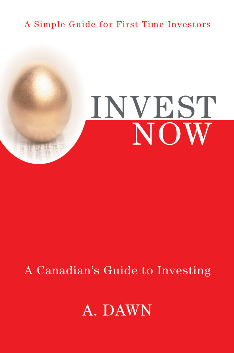Singapore Economy Expected to Slow In
/Singapore Economy Growth
First Published Date: August 31, 2015
As Singapore reaches 50, it rises from a poor state to the 5th highest GDP per capita in the world. The average income for Singaporeans is now $56,000, which is far than the $600 figure from just 50 years ago.
Singapore is now one of the world’s top financial centres, holding 40 percent of the Asia-Pacific headquarters (319 out of 500 global fortune 500 companies).
The International Monetary Fund (IMF) predicts that Singapore’s economy will grow 2.9 percent in 2015, supported by external demand, macroeconomic policies, and lower energy costs. The Asian Development Bank predicts the growth to be 2.8 percent, Bank of America predicts the growth to be 2 percent, and the Singapore government predicts between 2 and 4 percent.
For 2016, Bank of America predicts GDP growth will be 2.2 percent. The new growth outlook for Singapore appears to be closer to 2 percent than the old growth rate of 4+ percent. Global weaker economic growth – especially weaker growth in Singapore’s neighboring countries such as China, Malaysia, Thailand, and Indonesia – will contribute to slowing down Singapore’s economy.
Singapore ranks very well in international competitive rankings. For example:
2014 World Economic Forum Global Competitiveness – Ranks 2 out of 144 countries
2015 World Bank Ease of Doing Business – Ranks 1
Transparency International Corruption Perception Index – Ranks 7 out of 175 countries








